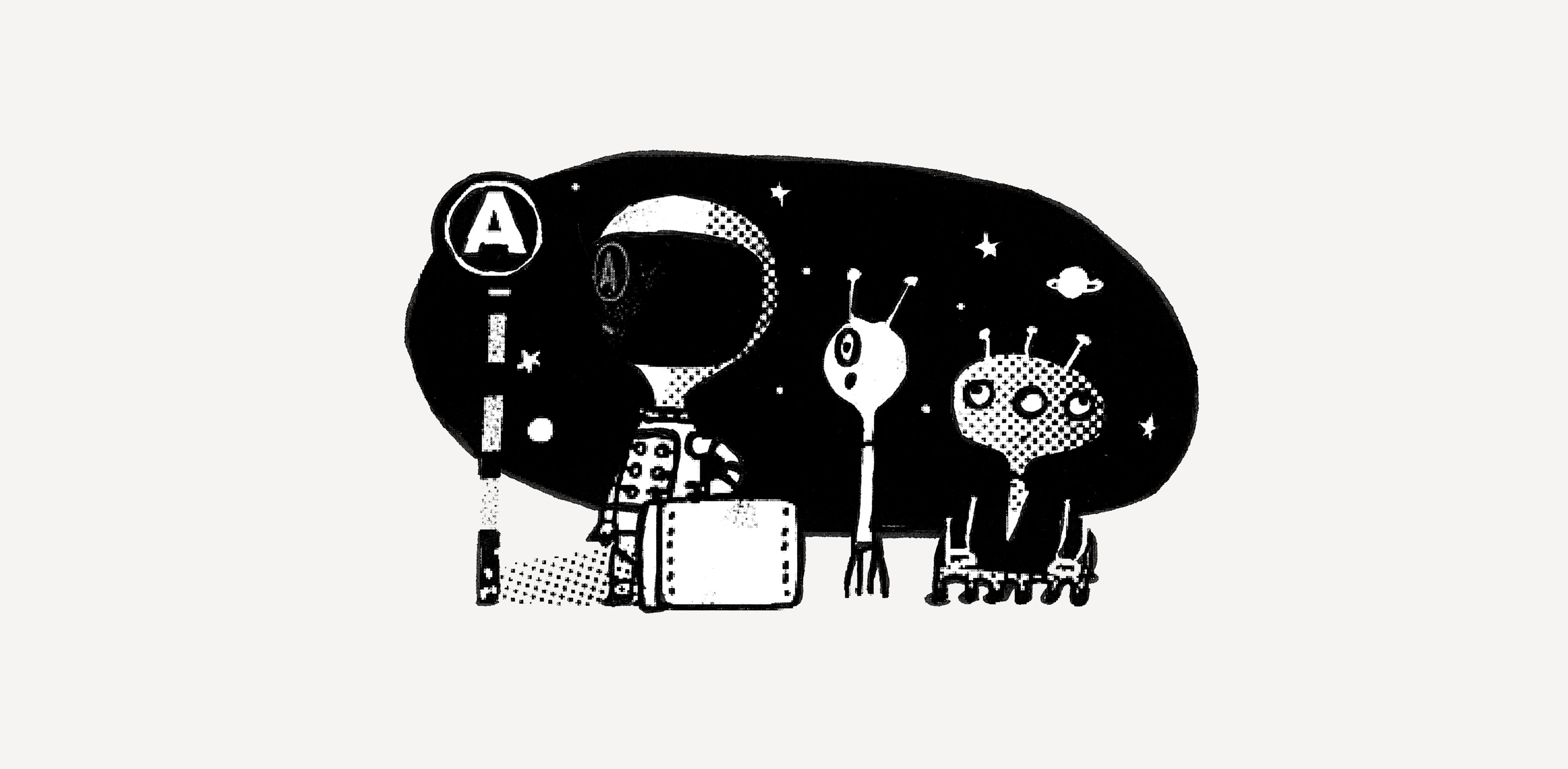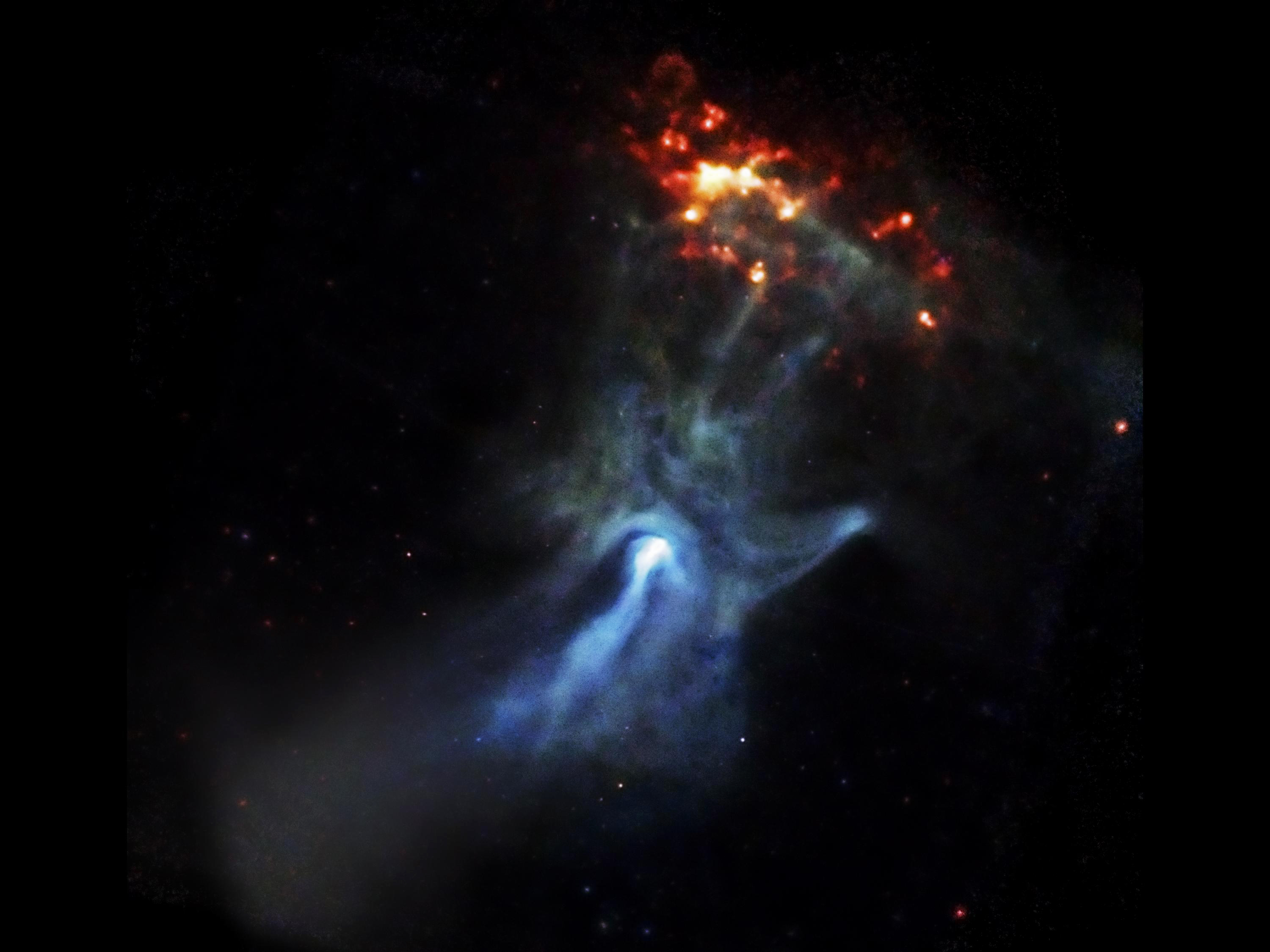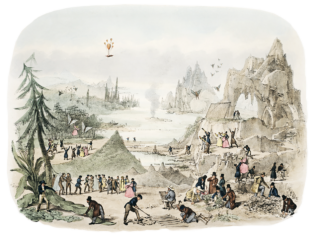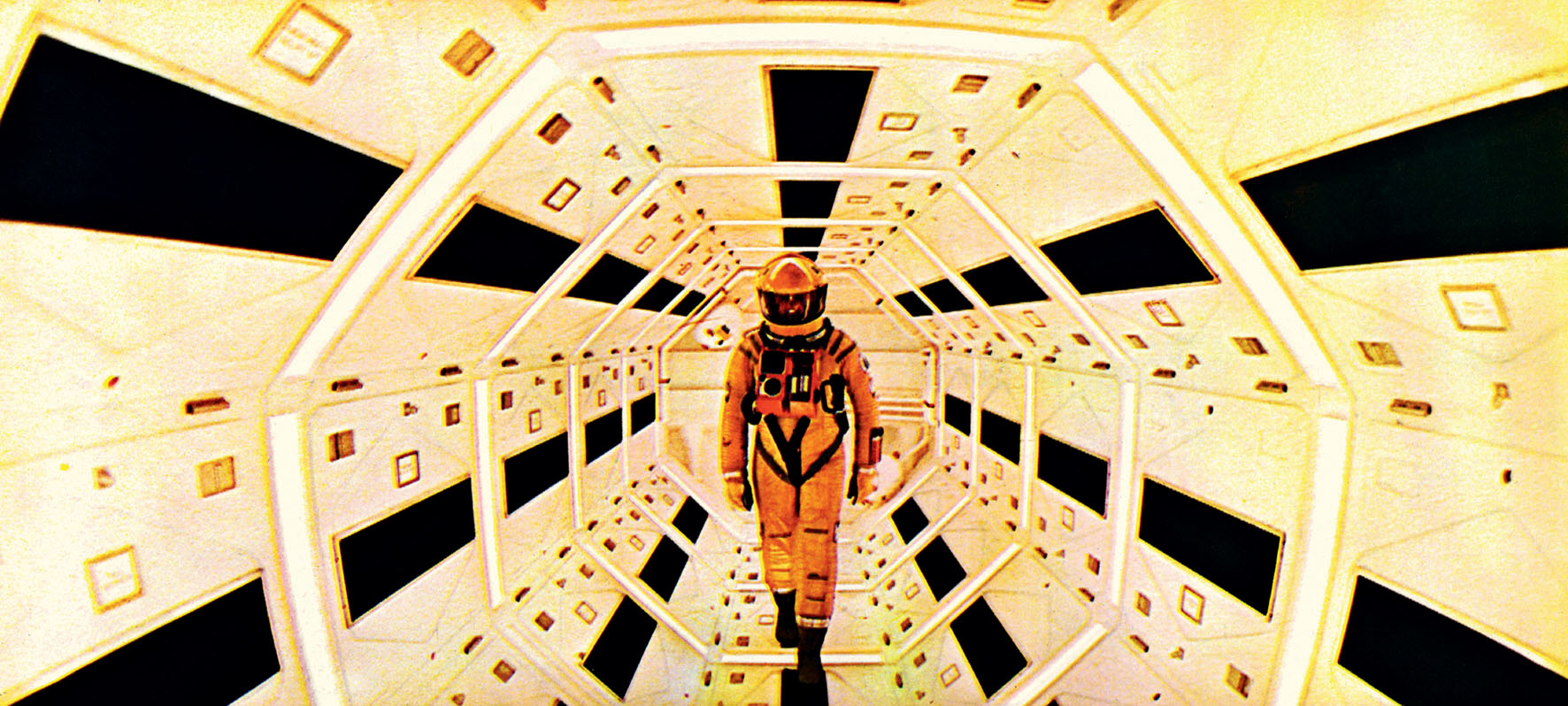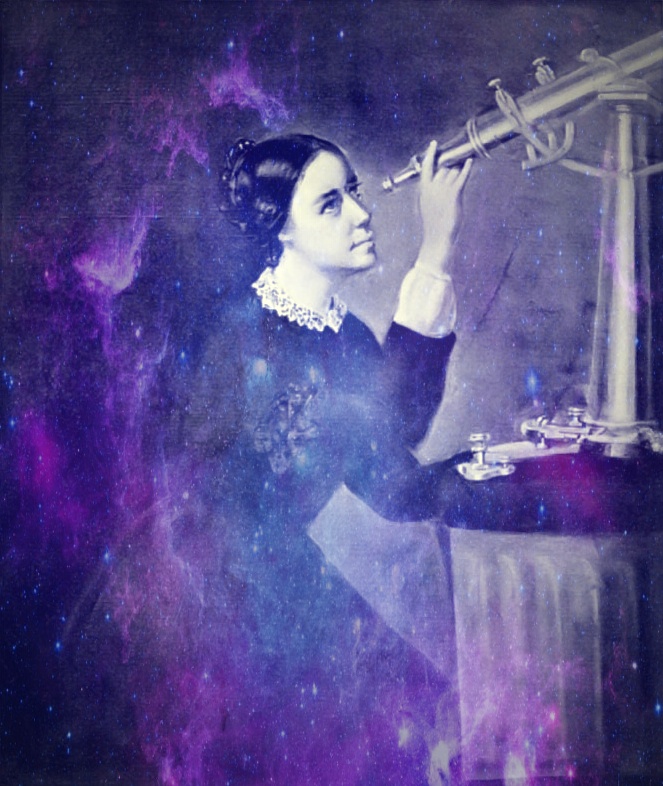
In 2018, a Martian base was created in the middle of the Dhofar desert where, over four weeks, analogue astronauts practised walking, took rock samples, grew plants and conducted experiments.
From above, the domes look like lumps of white cheese with a clear sieve pattern; one large and five small ones, tightly connected with grey tunnels. Around them the bright rectangles of containers and Ziesel electromobiles – armchairs on caterpillar tracks – moving between them. Each has a basket for samples. They are driven by sweating, lumbering drivers, dressed in bulky, silver suits with glass spheres on their heads.
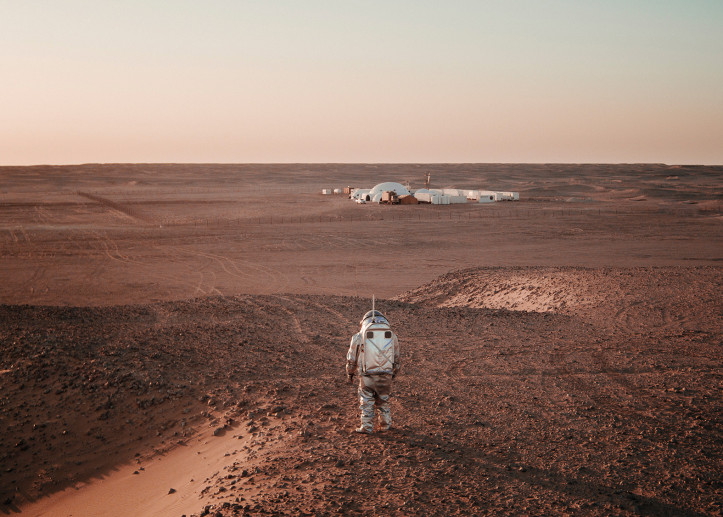
The Aouda.X spacesuit is covered with a skin of Kevlar and Panox, a special thermally-stabilized fibre. Its aluminium surface gleams in the sun. It is extremely tough. Nothing gets through it; not a bullet, nor space dust, nor a scream. It weighs nearly 40 kilograms and there is no way to put it on unaided. For who will tighten the screws on the neck? Who will check it is airtight? Who will ensure the round collar is correctly set; screw on the CO2 filter? It all takes time. Putting on the Aouda.X takes two hours. This is how the day starts. Locked in their spacesuits as if in a capsule, the analogue astronauts walk around the stony surface every day. Very slowly, one step at a time. It is hotter than they were expecting. Sweat drips from their noses. There’s no way to get their hand to it. It itches. They can only wait for it to drip down into the cloth under their chin. Relief.
The analogue astronauts. The dark-haired Kartik Kumar, disturbingly handsome, with curly, shoulder-length hair. The reticent João Lousada, whose main interest is in rocks formed 825 million years ago. And the mission commander, Gernot Groemer, rugged and grey-haired in frameless glasses. Another dozen or so people live at the Kepler station. Apart from them, there is no one. The mission log records only one chance encounter. With a scorpion. It fled in panic.
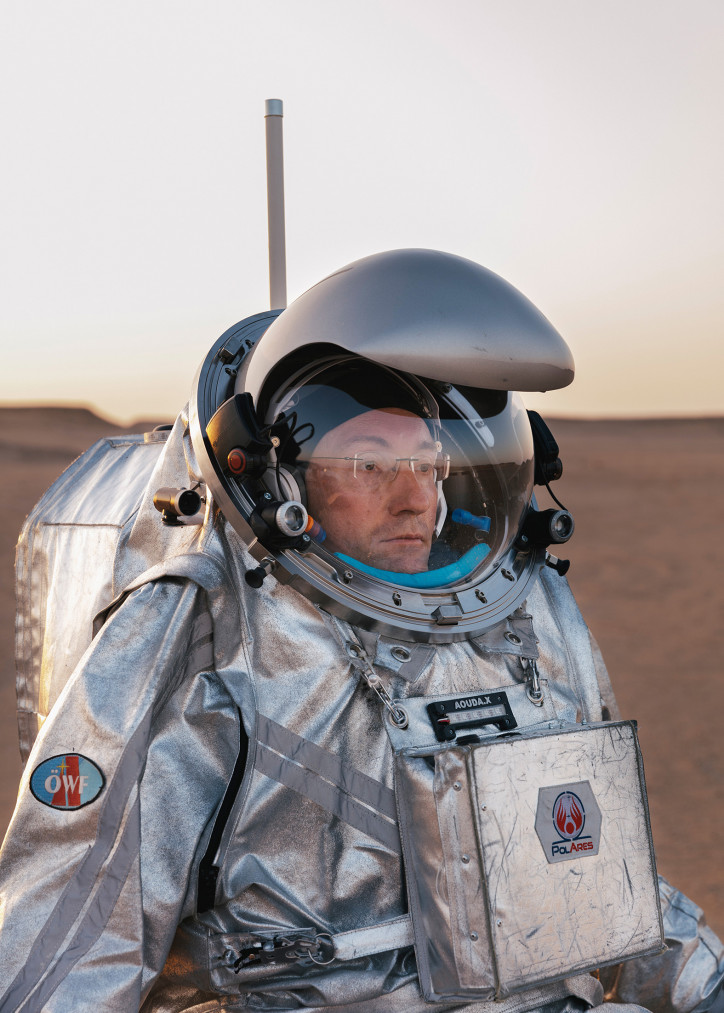
Hydroponic flower beds
No, this isn’t an excerpt from a Stanisław Lem novel. It is the description of a Martian habitat in the Dhofar desert in Oman on the Arabian Peninsula. This mission to simulate life on Mars was run by the Austrian Space Forum in February 2018. It lasted 26 days. The mission is one stage of the Amadee-18 programme, the most important element of which is the Kepler Martian base, named after the famous astronomer. The station was flown in 40 containers from Monaco to Salalah, the capital of the Dhofar Governorate. The base was inflated and placed in the middle of the stony desert, near the Qarat Kibrit salt domes that resemble those on the surface of Mars. The analogue astronauts, so-called because they didn’t actually go into space, began their walks and experiments. After four weeks, as planned, the Kepler station disappeared, leaving no trace.
However, in mid-February 2018 the experiment is well under way. The five analogue astronauts collect rock samples, try to grow plants, and take temperature and pressure readings. Carmen Köhler is responsible for Hortextreme, a 2 x 2 metre greenhouse. Crops on the Red Planet are a challenge because water is hard to come by, as is oxygen. Yet Carmen is tending hydroponic flower beds (ones that grow crops without soil), so that people on Mars can eat something other than freeze-dried carrots. Meanwhile Iñigo Muñoz looks after the Husky rover that toils away, driving across the uneven surface, in part standing in for the humans. Small, stable with fat wheels, it can cope with sand, gravel and the heat. It helps the astronauts gather their rock samples.
Keeping an eye on the team’s health is Stefan Dobrovolny, a doctor and space engineer rolled into one. Thanks to the sensors mounted in the shell of the Aouda.X, he knows at any given moment whose blood pressure has jumped and whose oxygen saturation has fallen; who has sneezed. Because while sneezing may be nothing special on Earth – a quick burst from the nose, a second passes and it’s all done – it is something else on Mars, where one’s nose is imprisoned inside a Plexiglas globe. In this case, we’re dealing with a small explosion and every cold or allergy is a problem. So, Stefan constantly monitors the welfare of the analogue astronauts in the broadest sense. But he’s not alone. An earthly eye also observes the mission. Several people in the headquarters in Innsbruck. They think of themselves as ‘Earth’ and the Omani team as ‘Mars’. They are in constant contact, but with a 10-minute delay, because that is how long it takes in reality for a signal to travel from Earth to Mars. That’s why each Martian ‘hello’ is met with an empty silence before an earthly voice gives an answer.
The team at Innsbruck spent more than two years preparing for the Amadee-18 mission. The offices of the Austrian Space Forum look ordinary, except for two clocks hanging on the wall, one showing local time, the other labelled ‘Muscat’ (the capital of Oman) and, for 26 days, displaying Martian time. Apart from this, there are white desktops, a carpet and monitors. It could just as easily be an accountancy firm or a trading company. There’s nothing obviously space-related in the room. And yet it is the heart of the mission. From here – from Earth – orders are issued. And not for the first time either, because this is already the 12th analogue ‘Mars’ operation. The year before, a team tested the Aouda.X space suit on the Kaunertal glacier.
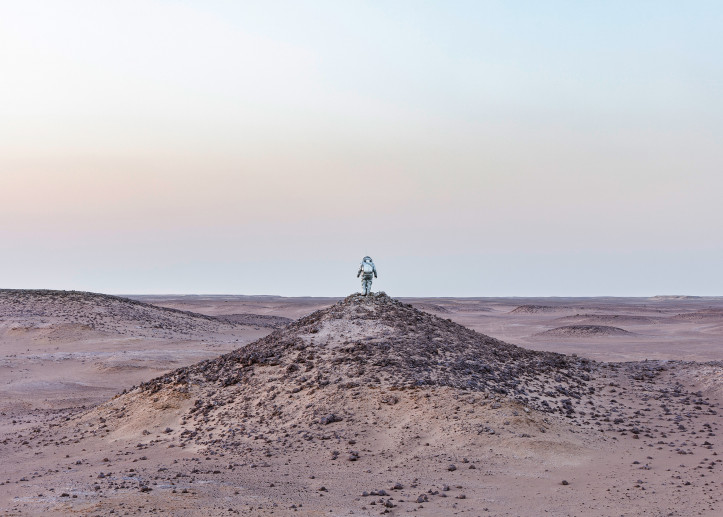
It might seem a little strange that the Austrians are taking part in the race to Mars. To say that Austria hasn’t had any great space achievements would be an understatement. 25 years ago, the first and only Austrian astronaut, Franz Viehböck, reached the Russian space station, Mir. Yes, they showed it on TV. Yes, he gave seven interviews. He visited schools. And that was it, until the Austrian Space Forum was set up 10 years ago; a private organization that aims to research the colonization of Mars. However, the team for the Amadee-18 project is very international with members from 19 countries. Even so, the head and the heart of the programme are firmly in the valley of the river Inn.
Throughout most of the mission, Innsbruck is grey, and it’s sleeting. At the Kepler station, the astronauts are pouring with sweat. It is February and the average temperature was meant to be 16°C, but the thermometers are showing nearly double that. It is an unbearable heatwave when you are wearing a multi-layered space suit.
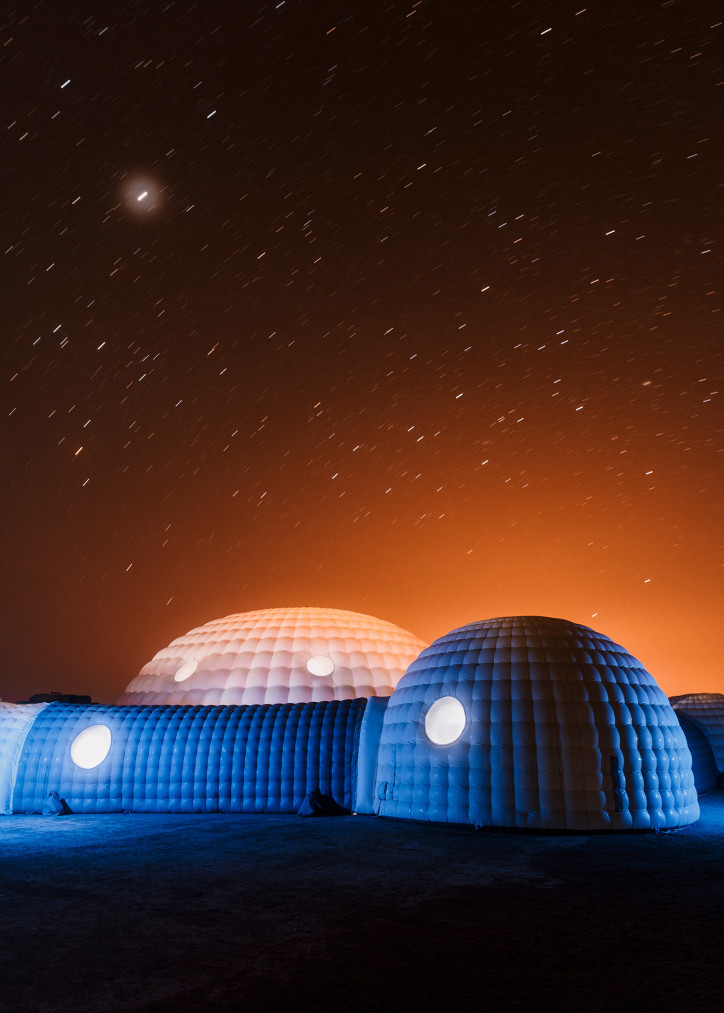
“It’s like wearing armour in the desert. Slightly ridiculous,” remarks Kartik Kumar. “Although different to armour because in the space suit you are half man, half robot, supported by eight different systems. It’s easy to panic, because if something malfunctions you suffocate within a few minutes.”
But nothing is malfunctioning. Just that unexpected heatwave which is messing up the parameters of the experiment.
The pressure on Mars is very low and, as a result, temperatures are low. This makes Oman different from the Red Planet; that and the fact that on Mars there is very little air, which makes it very hard to brake while landing. The planet is naked. Nothing protects it from the cosmic wind. Landing per se is not a great problem. The planet isn’t surrounded by toxic clouds and the surface is relatively flat. There’s just a problem with braking. For this reason, we can’t send heavy payloads to Mars. Nothing over a tonne. That’s why the Kepler station is comprised of inflatable elements. This is a common feature of the majority of Martian habitat projects. Light baggage. For example, the Martian habitat project of the Polish group Space is More took Oskar Zięta’s FiDU technology, using super-thin, tightly-joined, steel sheets that are inflated with compressed air. Likewise, at the Kepler station they are trying out innovative materials
“That’s one of the reasons we are doing this. Not just to test how these new materials and technologies perform in Martian conditions. Because it could be that many of our experiments will have applications here on Earth,” answers Kumar, who holds a doctorate in materials’ science and is an amateur astronaut.
For now, we know that it will be best to inflate or print everything. One alternative to inflatable elements is 3D printing. It is no problem to send a printer to Mars, but what material could be used to print with? Various ideas were put forward during a competition organized by NASA two years ago. One proposal was printing from regolith, a layer of loose, eroded rock that covers the majority of the surface of the planet. They are printing with similar rock at Kepler. But this isn’t the only option. The team that won the competition printed from frozen water. Only there’s very little of that. Together with carbon dioxide, it forms the Martian icecaps at both of the planet’s poles. We won’t find this at our Omani version of Mars. The same goes for many other features, including methane and volcanic craters. Therefore, it is not an ideal Mars; nor is it the right size. The station and camp cover 20 square kilometres. The Omani military put up a five-kilometre buffer zone around the Oman station, thus defining the edges of the planet. In the immediate vicinity, there is nothing but desert.
Near and far neighbours
Meanwhile, 15 kilometres from the station, in the direction of the town of Mirbat, stand some Bedouin tents. There are six of them; the same number as of those Martian, inflatable, white, lumps of cheese. If they were photographed from above, one would see colourful strips of various materials and sun-bleached tents; five camels, two goats, jerry cans, rubbish, mess and children running about. But no one takes any drone photos of them, nor any other photos for that matter. What for? One would only run into them by chance, when travelling by jeep, for example, for a meeting with the analogue astronauts. But journalists don’t generally stop by to talk to the inhabitants of the campsite. Why would they be interested in people who are still living as they lived 100 years ago when they can take a look into how we are going to live in 100 years’ time on another planet?
And so, here sit these two worlds, side by side, separated by 15 kilometres and 200 years. Completely different and yet somewhat similar. Both here and there, they have a problem with water. The brothers Mehmed and Saleh, aged 20 and 14, carry water in jerry cans. They are responsible for getting water for this six-person family. Mehmed milks the camels. I buy a litre of milk from him for one rial, the equivalent of £2. He talks about his family’s life in broken English.
“My father died five years ago. After his death, Saleh and I had to quit school. The little one went for two years. At least he learnt to write. It’s hard to trick him now. In two years’ time, he’ll go to my uncle; to his workshop. I’ll stay with my mother and sisters.”
Their daily life is quite monotonous, herding and milking the animals and helping their mother in the kitchen. They make use of what they have to hand. The branches of the thorny Ghaf tree are used as stakes for tying up the goats; larger stones to weigh down the tent flaps and the tarpaulin of the makeshift animal pen. Tiny Fatma, together with Saleh, gathers dry weeds to feed the goats in the night. No, they don’t have space suits, but the heatwave torments them just like the Martian researchers. Even more so. And, just like them, they don’t eat fresh vegetables. Instead they eat dry roti pancakes and cured meat; camel milk and dates. Like the astronauts, their diet is not very varied, although the astronauts eat specially-compressed biscuits and freeze-dried protein.
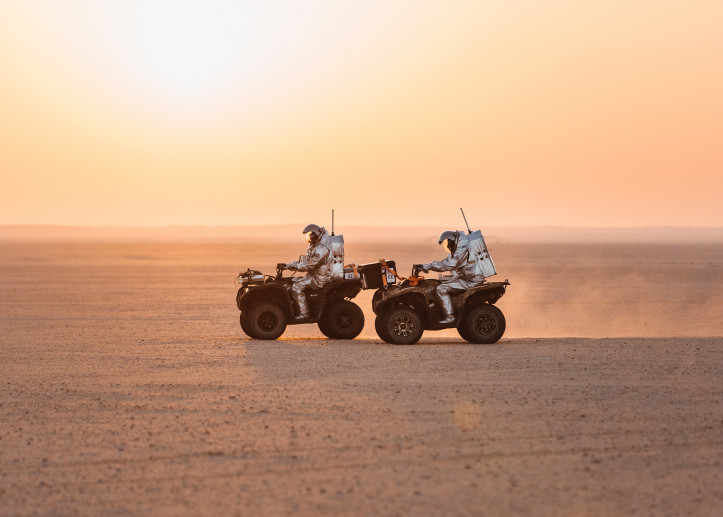
And what are the differences between the Kepler station and the nameless campsite? Two moons shine down on Mars – Phobos and Deimos – while on the Bedouin camp, just the one; the one we know so well. Wait a minute, but the Austrian Mars is on Earth! So actually, they have the same moon.
“It’s easy to forget that we’re on Earth,” says astronaut João Lousada. “We really function as if we are on Mars.”
I believe they really think that.
They are there on Mars, and Mehmed, Saleh, Fatma and various twins are here on Earth.
I ask the boys if they have heard of the Kepler station. They only know that the army has secured the area. Nothing more. I ask about Mars? The planet? They haven’t heard of it. So, if we look into the starry sky at night, can we see it? Can it help show the way when travelling? No? In that case it is of no use at all.
Martian and earthly dreams
The end of February is coming. The analogue astronauts have spent nearly 750 hours out on-site. Mission accomplished. They deflate the tents, roll-up the silver caterpillar tunnels, take down the installations and the greenhouse, and pack their space suits into travel trunks. Kumar, Lousada, Köhler and the others say goodbye to Kepler station. They dream about their next earthly visit to Mars (and shyly about that real trip to the Red Planet). Maybe in 15 years. They return to Innsbruck on a scheduled flight. It would take them nine months from Mars. From Oman the journey takes just under 10 hours. They’ll get there the same day. Ahead of them, many months’ analysis of the samples they have collected.
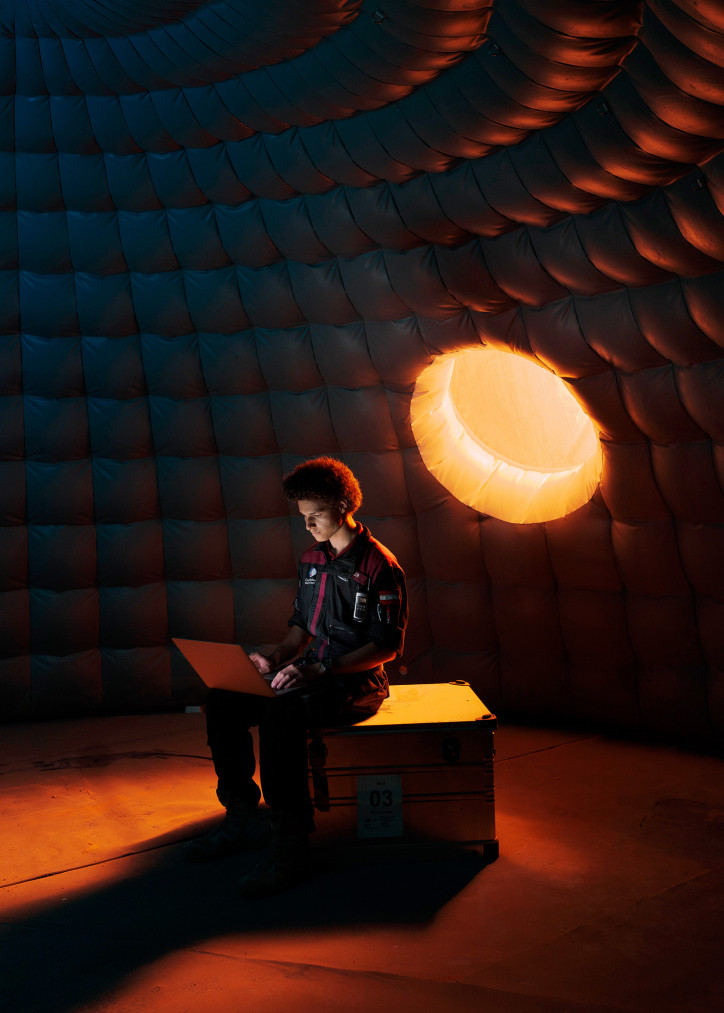
At the same time, Mehmed and his brother also strike camp. The spring heatwaves are coming. The boys hobble the goats and milk the camels before they move out. They sell the milk and fold up the tents. The same routine as every year. Mehmed dreams of an electricity generator and Saleh of new shoes. For now, they head off towards Mirbat. Slowly, one step after another. It’s a five-day journey.
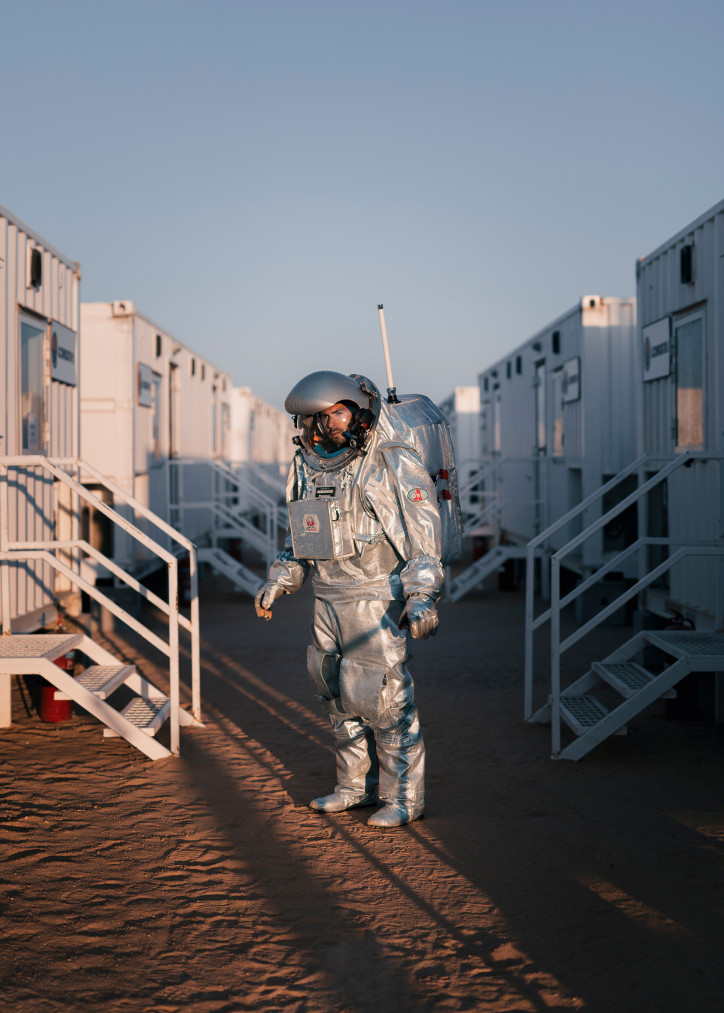
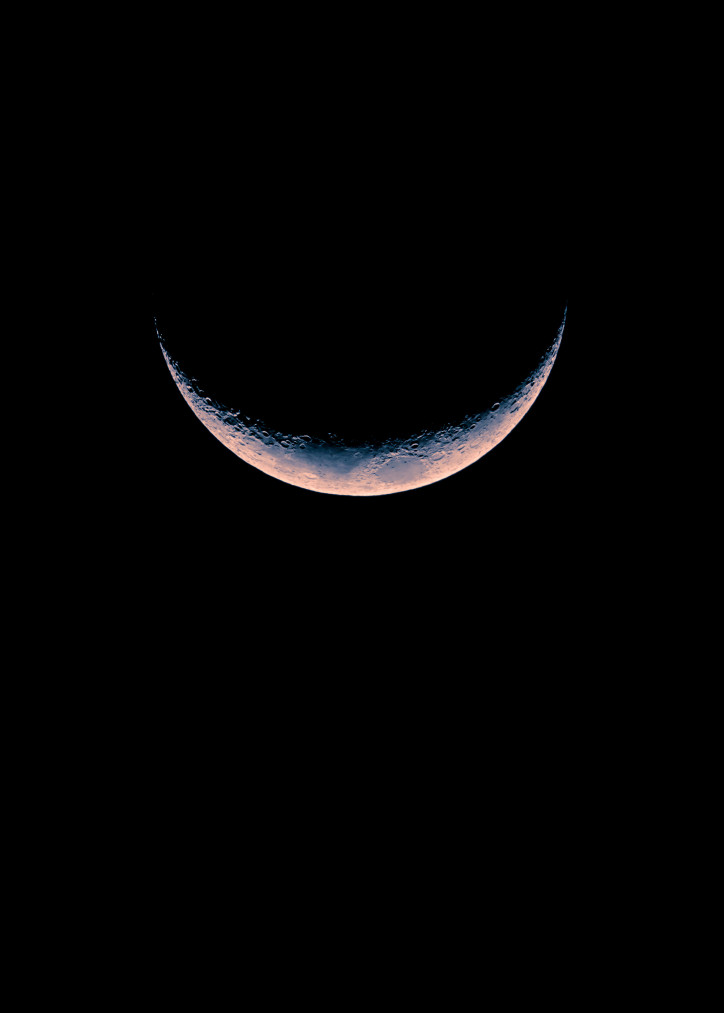
Translated by Annie Krasińska


